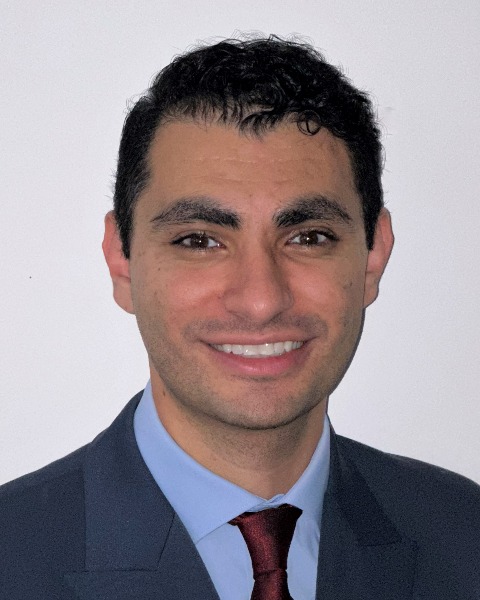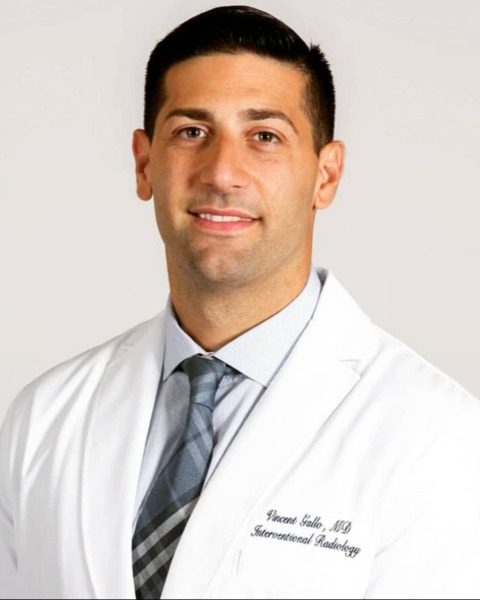Dialysis Interventions and Transplant Interventions
The utilization of ultrasound in the creation and maturation of percutaneous arteriovenous fistula: a pictorial essay

Sherley Demetrius, MD (she/her/hers)
Resident Physician
Zucker School of Medicine at Hofstra/Northwell at Staten Island University HospitalDisclosure(s): No financial relationships to disclose
- HB
Hannah Bae, MD
Assistant Professor Interventional Radiology
Columbia University 
George A. Michael, DO
Resident Physician
Zucker School of Medicine at Hofstra/Northwell at Staten Island University Hospital
Alexander Song, MD
Resident Physician
Zucker School of Medicine at Hofstra/Northwell at Staten Island University Hospital
Vincent Gallo, MD (he/him/his)
Director, Vascular & Interventional Radiology
Zucker School of Medicine at Hofstra/Northwell at Staten Island University Hospital
Abstract Presenter(s)
Author/Co-author(s)
- Discuss clinical indications & patient selection for percutaneous AVF creation
- Discuss AVF maturation techniques in the setting of low flow volumes
- Outline U/S findings required for creation & maturation of percutaneous AVF
Background:
Historically, patients with end stage renal disease requiring hemodialysis (HD) underwent surgical creation of arteriovenous fistulas (AVFs). Although surgical AV fistula creation is a quick outpatient procedure, many fistulas require numerous interventions & prolonged time to maturation, with potential avoidable complications. Recent techniques such as percutaneous AVF creation has been shown to be effective & safe in establishing HD access.
Clinical Findings/Procedure Details: Potential candidates undergo sonographic vascular mapping. Images must reveal a radial artery at least 2 mm with a feasible communicating vein within 1mm of the radial artery, e.g. antecubital perforator vein, also measuring ≥ 2mm. Next, percutaneous endovascular AVF is created utilizing a designated AVF vascular access system (eg Ellipsys) with radiofrequency ablation between the artery & vein, followed by balloon angioplasty of the arterial anastomotic site. During AVF creation, sonography including intravenous ultrasound (IVUS), is used to evaluate goal flow volume of ≥ 250 mL/min. Later, ultrasound (U/S) is used to assess volume flow rates of ≥ 350 mL/min at 1 week & ≥ 500mL/min at 3 weeks.
To aid in the maturation process, angiography is performed to identify potential complications preventing successful maturation, most commonly stenosis. If stenosis is revealed at the time of angiography, U/S may be concurrently used to obtain inflow & outflow volumes followed by balloon angioplasty to achieve reduction in stenosis within the arterial anastomosis, antecubital perforator vein &/or basilic outflow vein. Further, to aide in AVF maturation, competing collateral outflow vessels are sometimes banded or coil embolized to increase flow volume through the primary outflow vein. A successful fistula demonstrates ≥ 600 mL/min flow volume, is located within 6 mm of the skin, & is 6 mm in diameter, all of which can easily be received using U/S.
Conclusion and/or Teaching Points: Percutaneous AVFs offer a viable alternative to surgical AVF creation & have been shown to decrease overall maturation time, maturation interventions, and complications. The utilization of U/S is vital to the patient selection process with performing vein mapping, creation of percutaneous AVF, calculating flow volumes, assessment of AVF maturation, & long term AVF success with fistula flow volume monitoring & patency.

.jpg)
.jpg)
.png)
.png)
.png)
.png)
.jpg)
.png)
.png)